Legend Of Baku – The Dream Eater – Was It An Ancient Supernatural Being?
A. Sutherland – MessageToEagle.com – In Japanese mythology, we encounter an interesting creature known as Baku that is well-known for eating bad dreams.
Baku is a talismanic figure that people pray to at night to come and suck away nightmares so that they may never be seen again.
However, there is also a darker side to the Baku. Some say that Baku eats all dreams, not only nightmares. This includes dreams of aspiration, dreams of your future, and dreams of hope.
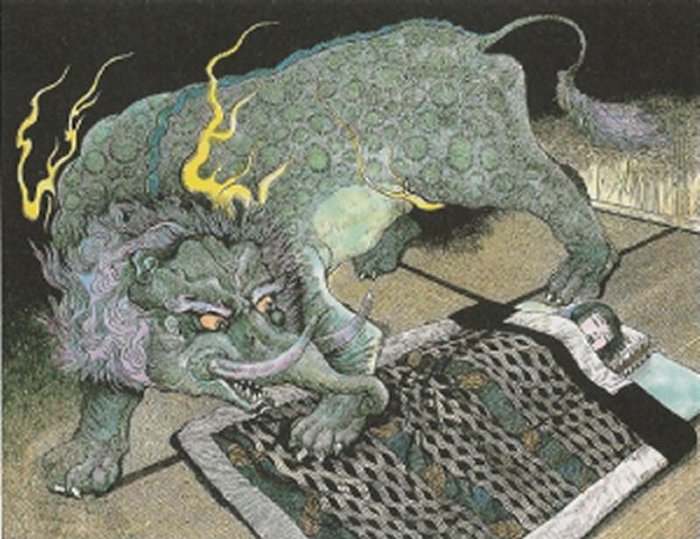
When a child in Japan wakes shaking from a nightmare, she knows what to do. Hugging her face in her pillow, she whispers three times “Baku-san, come eat my dream. Baku-san, come eat my dream. Baku-san, come eat my dream.” If her request is granted, the monstrous Baku will come into her room and suck the bad dream away.
There have been various ways of summoning the baku.
In Fukushima it is said that if, after awaking from a bad dream, you say “I give this dream to the baku,” then that dream will never trouble you again.
In other prefectures, you repeat “Baku-san, come eat my dream” three times in a row to summon to baku to come and eat your nightmares.
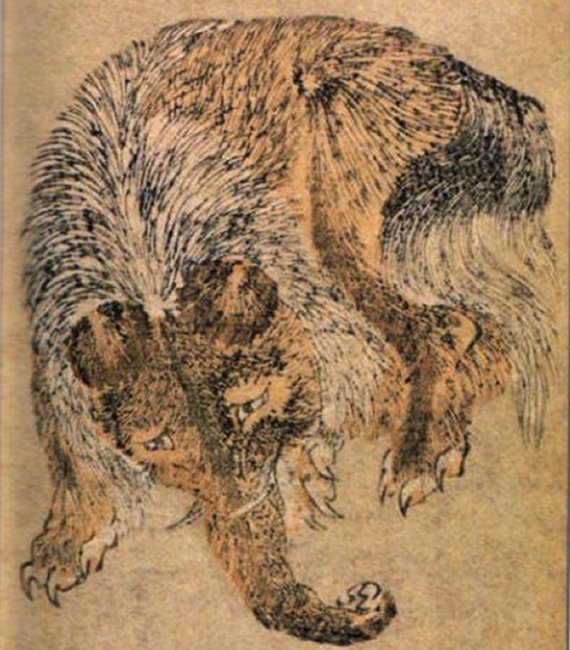
Still one must keep in mind that a Baku cannot and should not be summoned without caution.
It is believed that a Baku that is really hungry might not be satiated with a single dream and might suck away her hopes and ambitions along with it, leaving her hollow.
An early 17th-century Japanese manuscript, the Sankai Ibutsu depicts Baku as a Chinese mythical chimera with an elephant’s trunk, rhinoceros eyes, an ox tail, and tiger paws, which in belief protected against pestilence and evil, although eating nightmares was not included among its abilities.
However, in a 1791 Japanese wood-block illustration, a specifically dream-destroying Baku is depicted with an elephant’s head, tusks, and trunk, with horns and tiger’s claws. The elephant’s head, trunk, and tusks are characteristic of Baku portrayed in classical era (pre-Meiji) Japanese wood-block prints and in shrine, temple, and netsuke carvings.
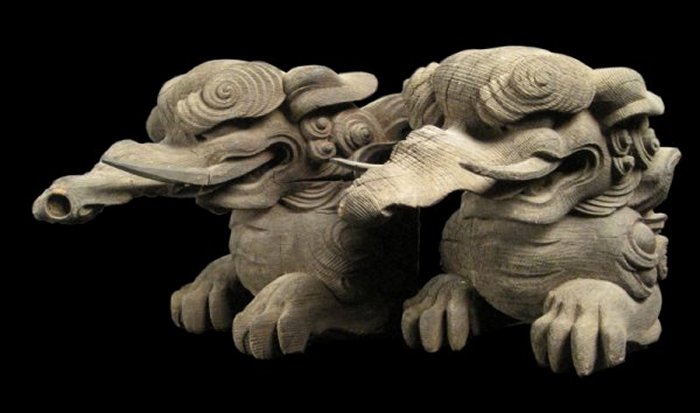
While they are wildly stylized, baku resemble the Asian tapir. And in fact, in Japanese, they share the same name and kanji.
The baku is not alone in this; the word kirin is not only Japanese for giraffe but also a mythical Chinese monster.
Which came first-the legend or the animal-is hidden in the past, with no solid agreement on either side. Many say that the two are unconnected, and that the similar appearance is pure coincidence, with the animal being named after the legend. Some say a wayward sailor drifted to Malaysia, and came back with stories of a massive creature that was transformed by legend.
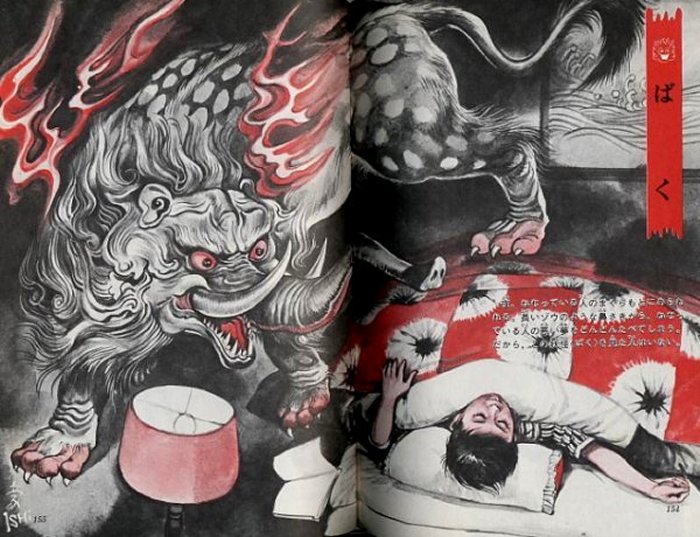
Baku is often confused with another Chinese legendary animal, the hakutaku (called a bai ze in Chinese). In fact, at Gobyakukan-ji temple in Tokyo, there is a statue called the Baku King, which was originally a statue of a hakutaku.
Carvings of Baku can be seen on temples in Japan. It remains unclear whether the Baku existed in ancient times or if the creature is purely mythological, but the creature is still very much alive in the mind of modern people.
A provocative thought is that Baku was once in the past a real being that possessed supernatural powers and could affect peoples’ thoughts, dreams, and consciousness.
Written by – A. Sutherland – MessageToEagle.com Senior Staff Writer
Copyright © MessageToeagle.com All rights reserved. This material may not be published, broadcast, rewritten or redistributed in whole or part without the express written permission of MessageToeagle.com
Related Posts
-
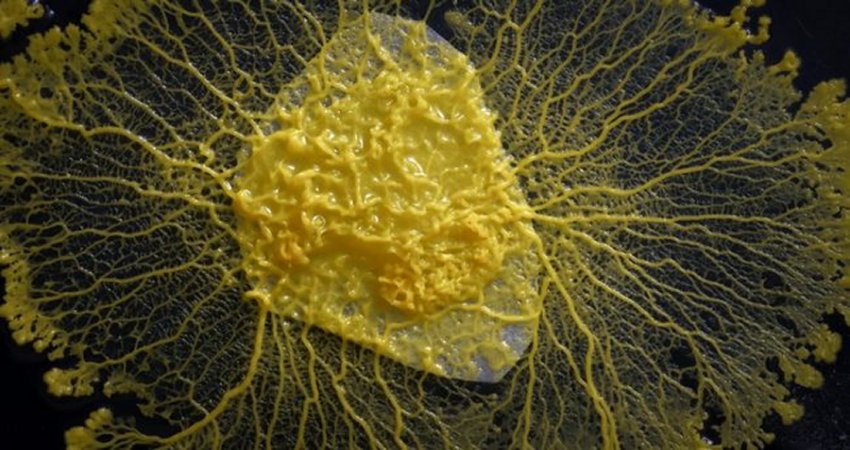 Alien-Like Brainless Organism Can Think And Make Decisions – Biological Mystery
No Comments | Aug 26, 2020
Alien-Like Brainless Organism Can Think And Make Decisions – Biological Mystery
No Comments | Aug 26, 2020 -
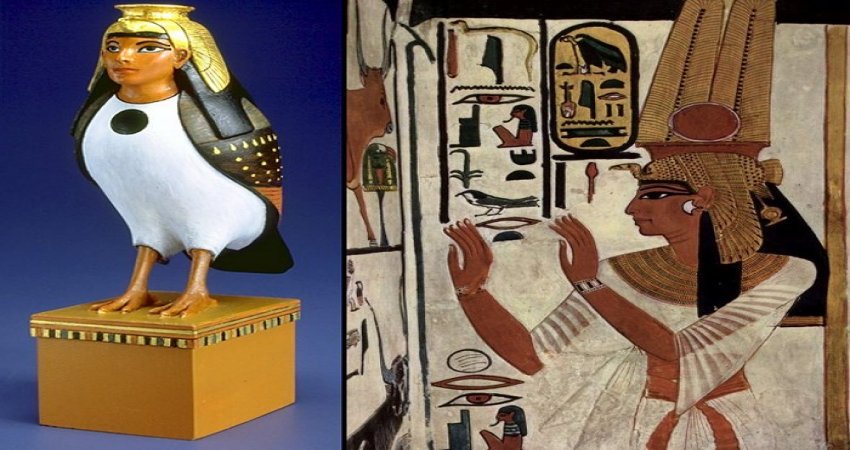 Why Were Ba And Ka Powerful Elements Of Soul In Ancient Egyptian Beliefs?
No Comments | Apr 21, 2020
Why Were Ba And Ka Powerful Elements Of Soul In Ancient Egyptian Beliefs?
No Comments | Apr 21, 2020 -
 Yu Shi ‘The Master Of Rain’ Revered Deity In Chinese People’s Beliefs
No Comments | May 3, 2024
Yu Shi ‘The Master Of Rain’ Revered Deity In Chinese People’s Beliefs
No Comments | May 3, 2024 -
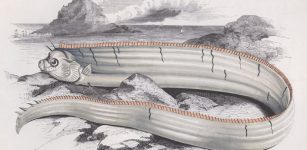 Is The Ancient Oarfish Legend Warning Of Coming Earthquakes True?
No Comments | Feb 28, 2017
Is The Ancient Oarfish Legend Warning Of Coming Earthquakes True?
No Comments | Feb 28, 2017 -
 What Would The Fifth Dimension Look Like?
No Comments | Jul 8, 2019
What Would The Fifth Dimension Look Like?
No Comments | Jul 8, 2019 -
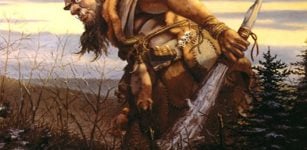 Fomorians In Irish Myths And Legends: Race Of Demonic Giants Who Inhabited Ireland And Scotland
No Comments | Jan 21, 2017
Fomorians In Irish Myths And Legends: Race Of Demonic Giants Who Inhabited Ireland And Scotland
No Comments | Jan 21, 2017 -
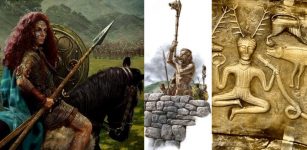 Celts: Facts And History About The Powerful And Superior People Of Central And Northern Europe
No Comments | Mar 1, 2017
Celts: Facts And History About The Powerful And Superior People Of Central And Northern Europe
No Comments | Mar 1, 2017 -
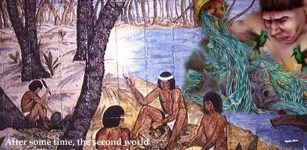 Creator God Kururumany Who Introduced Death Into The World And Deprived Humans Of Immortality
No Comments | Dec 19, 2016
Creator God Kururumany Who Introduced Death Into The World And Deprived Humans Of Immortality
No Comments | Dec 19, 2016 -
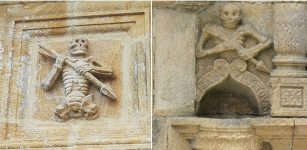 Ankou: Frightening Spirit Who Delivers Souls To The Underworld
No Comments | Mar 27, 2016
Ankou: Frightening Spirit Who Delivers Souls To The Underworld
No Comments | Mar 27, 2016 -
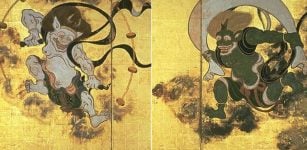 Raijin: Shinto God Of Thunder And Lightning With Three Fingers Representing Past, Present And Future
No Comments | Feb 10, 2020
Raijin: Shinto God Of Thunder And Lightning With Three Fingers Representing Past, Present And Future
No Comments | Feb 10, 2020
